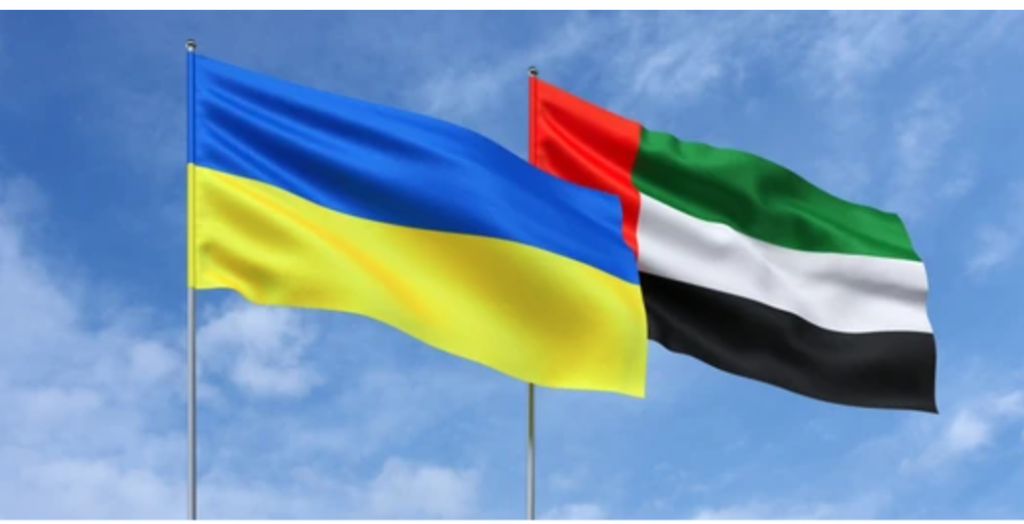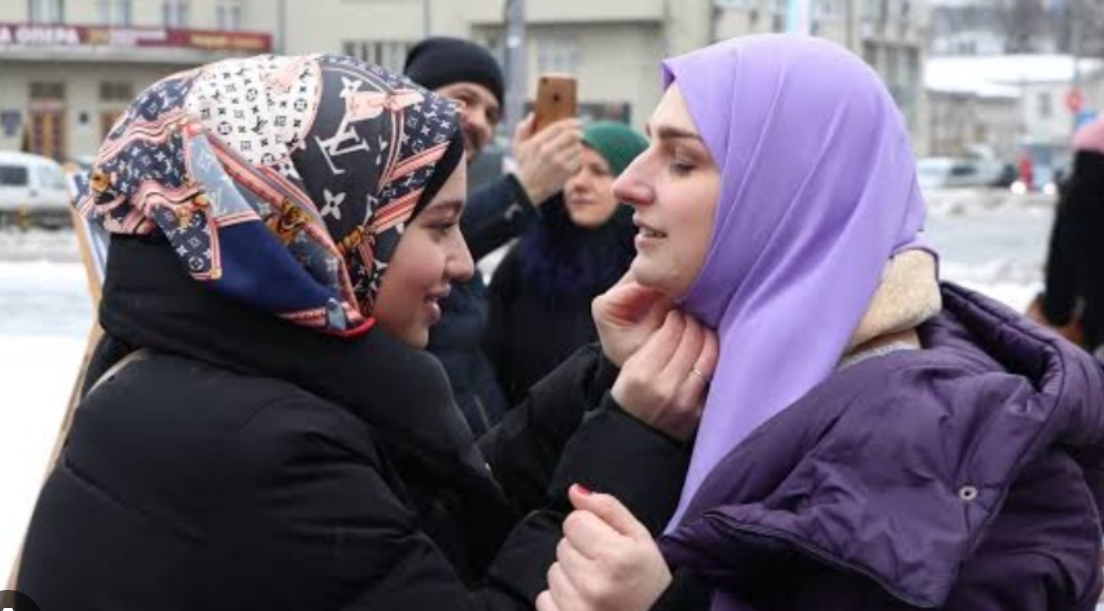Islam in Ukraine: Then and Now, Past and Present

By: Masha Lukovenko / Arab America Contributing Writer
Islam in Ukraine is a minority religious affiliation, with Muslims representing around 5% of the total population as of 2016. The religion has a long history in Ukraine, dating back to Berke Khan of the Ulug Ulus (Golden Horde) in the 13th century and the establishment of the Crimean Khanate in the 15th century.
The ancestors of modern Ukrainians obtained their initial knowledge about the Muslim world, Muslims, and Islam through trade operations, travels, and military campaigns. Rusychi used Desna, Seim, and Oskil as his primary routes to reach Itil. This was a direct interaction with the nation, which was heavily impacted by the culture of the Arab-Muslim people. Thanks to the Rus’ military expeditions to the East, where they interacted with delegates from Muslim nations, the Kyivan Rus became acquainted with Islam. One instance is the 985 campaign by Prince Volodymyr of Kiev against Bulgar, when 922 Islam was proclaimed the official state religion.
The first Muslims in Kyivan Rus’ land were members of the population who moved from the Azov region into the Don. According to medieval chronicles, the forefathers of modern Ossetians were Alans, who joined Islam around the start of the eighth century. Modern archaeologists have discovered their tombs, which were performed by Muslim ritual, in southeast Ukraine. When the prince of Kyiv possessed a Muslim Pecheneg cavalry in the eleventh century, accurate proof of the Muslims’ ongoing presence in Kyivan Rus dates back to that period.
The military-colonization era is referred to as the second period. It deals with the permanent settlement of Muslims and the Ottoman Empire’s colonization efforts in Transnistria and the Northern Black Sea region. This denotes the Crimean Tatar Horde’s partial consolidation. Most of the Islamic expansion in the regions now a part of independent Ukraine occurred on the Crimean peninsula. It was in this place that the distinctive Muslim civilization emerged and developed. Islam was adopted as the official religion of the Crimean Khanate, which existed in Crimea for more than 300 years and was either entirely or partially independent.
The creation of the Crimean Tatars as a distinct ethnic group with its religion – Islam, took place on the territories of the Crimea between the thirteenth and sixteenth centuries. The Crimean peninsula served as the primary southern channel for disseminating information about Islam and Muslims to the people living in the Dnieper region for a considerable amount of time.
Crimea saw a rise in Hanafi madhhab sunnism. The Ottoman Empire’s official religion was this branch of Islam known as Hanafites, the khans of the Golden Horde.

Today, Sunni Islam of the Hanafi school is the largest non-Christian religion in Ukraine, and the majority of Ukrainian Muslims are Crimean Tatars. Other Turkic peoples, predominantly in South and south-east Ukraine, practice different forms of Islam. These include Volga Tatars, Turks, Azeris, North Caucasian ethnic groups, and Uzbeks. Non-Turkic people, such as Arabs and natives of Afghanistan, also live in Ukraine.
In 2021, the construction of the Odesa Cathedral Mosque began. The mosque will accommodate more than a thousand believers. The cathedral mosque will resemble the Al-Masjid al-Nabawi mosque in Medina in its architectural form. There will be two minarets.
In the city of Kyiv, the construction of the Crimean Tatar Cultural Center with the Cathedral Mosque, which will be able to accommodate 5,000 people, is planned.
Ukraine’s progress towards more transparent, democratic politics and religious tolerance are significant factors in the support many Muslims in Ukraine have for it. Ukraine is a country fighting for the ideas of freedom and democracy in general and for its independence. Those who have experienced the brunt of Russian imperialism, such as the Crimean Tatars, claim to understand the significance of this conflict. Muslims know very well what will happen if Russia occupies their territories. It will be identical to what happens to Muslims in Russian-occupied Crimea, where they are disappeared and sentenced to long prison terms.
Islam has a long and significant history in Ukraine, having been introduced by traveling missionaries and traders and being practiced as the foundation of statecraft in some areas of minority groups. Islam endured as the official religion of the Crimean Khanate from the fifteenth to the eighteenth centuries, leaving a profound political and cultural legacy.
The war has shown the strength of a united society. It has brought people together and brought about the solidarity that Crimean Tatars, having endured all “the troubles together,” already shared.
Check out Arab America’s blog here!



